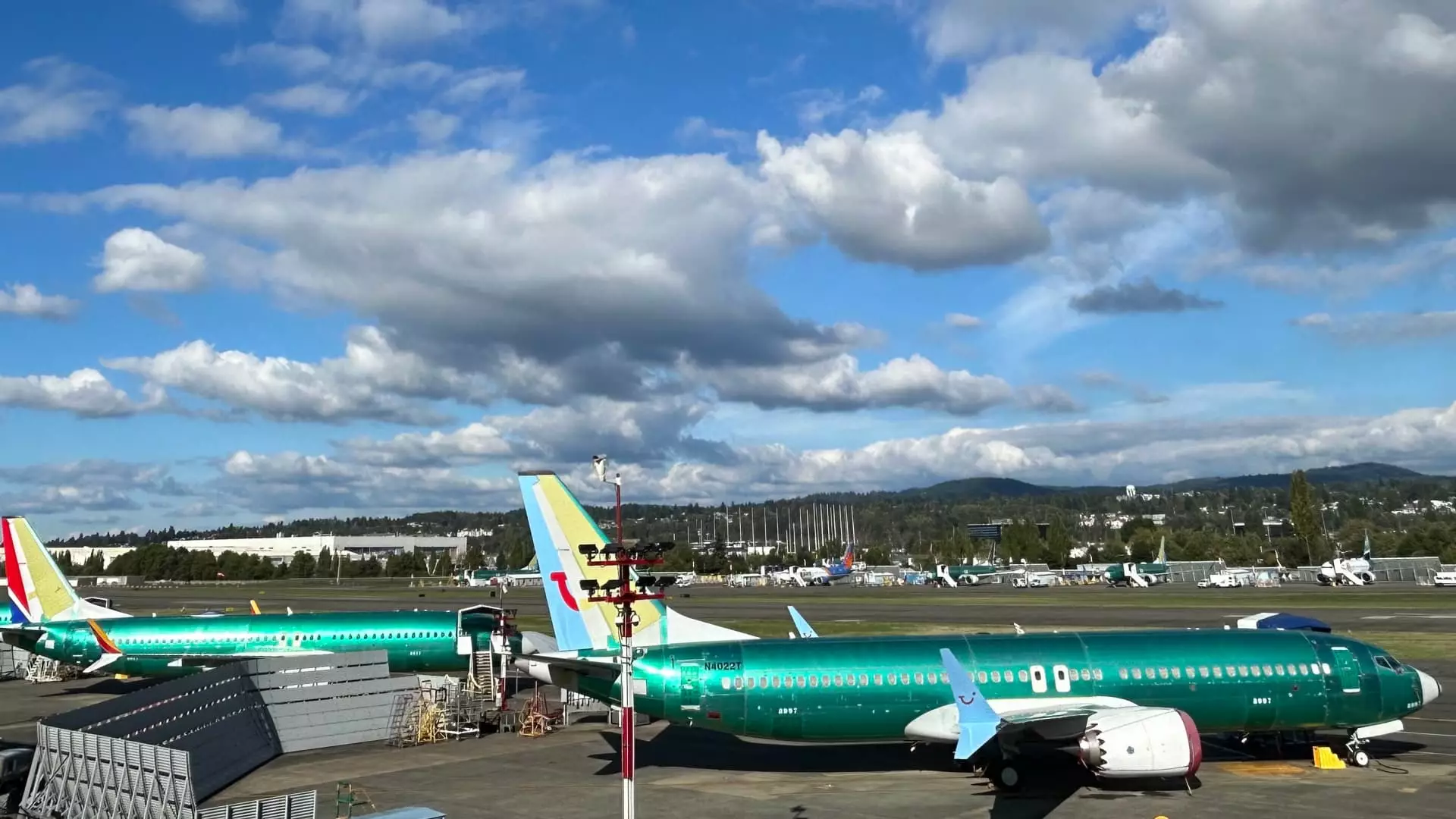The quest for the new Air Force One planes has become emblematic of a broader struggle within the aerospace sector, particularly for Boeing. President Donald Trump’s recent frustrations over the delays in obtaining the two Boeing 747s designated as the new Air Force One serve as a stark reminder of the challenges besetting the industry. The journey from contract negotiation to delivery has run into significant setbacks, raising questions about efficiency, cost, and accountability at one of the world’s largest aerospace manufacturers.
Originally negotiated during Trump’s first presidential term, the $4 billion contract for the new Air Force One aircraft was intended to produce planes that would not only symbolize American prestige but also ensure safety and efficiency for the Commander-in-Chief. However, with delays stretching into years and cost overruns exceeding $2 billion, the prospects of having these aircraft ready during Trump’s current term appear bleak. The discontent is palpable, reflecting not only on the Pentagon’s operational capabilities but also on the broader perception of Boeing’s reliability as a contractor.
In an unexpected turn, Elon Musk, the visionary CEO of SpaceX, has taken on an advisory role to expedite the delivery process. This collaboration, as highlighted by Boeing’s CEO Kelly Ortberg, aims to eliminate unnecessary hurdles that have plagued development. Ortberg’s description of Musk as a “brilliant guy” underscores the urgency and depth of the technical challenges involved. Musk’s unique expertise within the aerospace industry positions him as a critical player in accelerating the manufacturing schedule. By addressing non-essential constraints, the hope is to streamline operations and hasten the delivery of these pivotal aircraft.
Faced with mounting pressure and delays, Trump has signaled a willingness to consider alternative solutions. His remarks during a recent flight hinted at a potential pivot, indicating that the administration may explore buying or leasing a different plane while waiting for the promised Air Force Ones. This potential shift highlights the urgency of the situation and the administration’s need to ensure uninterrupted air travel for the President, especially in a time of increasing geopolitical uncertainties.
Boeing’s struggles with Air Force One mirror a more extensive issue facing the airline and aerospace industry. Even as passenger demand surges post-pandemic, the impact of supply chain disruptions and previous technical failures have compounded the challenges faced by manufacturers. A notable incident in January 2024 involving a near-catastrophic door-plug blowout further highlighted safety as a core concern and contributed to leadership changes within Boeing. Nevertheless, some optimism is emerging from Boeing’s recent attempts to stabilize and enhance supplier reliability, as noted by executives from major airlines like United Airlines and Southwest Airlines, who are cautiously hopeful about improved delivery timelines.
Despite the current turbulence, there is a budding confidence in Boeing’s management under Ortberg. As he outlined at a recent Barclays conference, there are no apparent supply chain issues hindering the ramp-up to 38 monthly deliveries of the popular 737 Max models. This renewed commitment to production efficiency may signal a turning point for the company, crucial in rebuilding trust with both contractors and airline customers alike.
As Boeing navigates the complexities of delivering Air Force One amidst its own challenges, the significance of timely and cost-effective production has never been greater. Success in these endeavors may not only restore faith in Boeing’s capabilities but also alleviate the frustrations experienced by key stakeholders, including the President. Through strategic partnerships and a renewed focus on operational efficiency, the path forward for Boeing and its ambitious goals might be clearer than it appears, but the journey is undoubtedly fraught with challenges. The industry waits with bated breath for what lies ahead.

